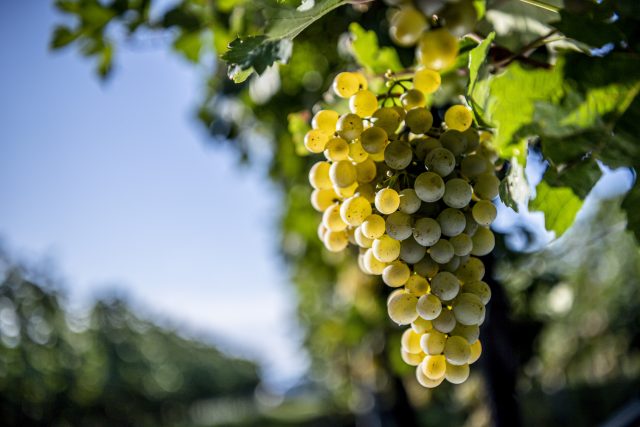This website uses cookies so that we can provide you with the best user experience possible. Cookie information is stored in your browser and performs functions such as recognising you when you return to our website and helping our team to understand which sections of the website you find most interesting and useful.
Could Grüner Veltliner be a ‘signature grape’ of Pennsylvania?
A new study has suggested that Grüner Veltliner could be successfully grown in Pennsylvania and become a signature grape for the area.

Burgundy and Pinot Noir, California and Cabernet Sauvignon, Argentina and Malbec, Carmenere and Chile…will it now be Pennsylvania and Grüner Veltliner?
A new scientific study has suggested this could be the case, and help the state mark out a place for itself amongst other wine regions in the United States.
The study, published in the International Journal of Wine Business Research, reported that the grape variety works well in cool climates, and was originally planted in Pennsylvania around 20 years ago.
Since that moment, it has expanded across the region, but it is still only produced in fairly small numbers, and hasn’t become a signature of the state.
The study undertook field trials to determine the suitability for production in the state and a trained panel of wine consumers evaluated wine produced from Grüner Veltliner grapes grown in Pennsylvania, in order to assess regional differences.
It asked 676 wine consumers to compare Grüner Veltliner wines, and discovered only a third had experience with it.
But 77% said they were either “somewhat interested” or “very interested” in sampling and tasting wines unfamiliar to them, and more than two-thirds (67%) were “somewhat likely” or “very likely” to purchase the wine.
Lead researcher Kathleen Kelley from the College of Agriculturual studies in the state said it could “increase tourism and be used in marketing” to highlight local cuisine and history. In addition, she said it could become a “potential signature wine” for the state.
The study showed there was also potential to grow and cultivate a culture of more locally produced wine outside of this grape variety, and that this would assist in recognition of the state’s wine industry, as well as boosting economic development as well.
Currently, the variety is currently closely associated with and grown in large quantities in Austria, with around a third of that country’s total area producing the grape.

